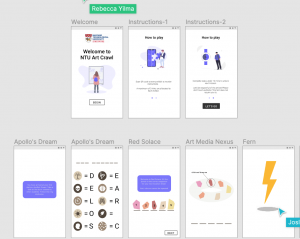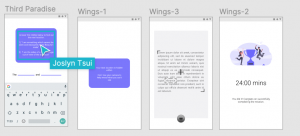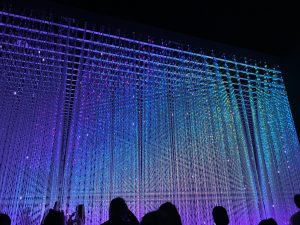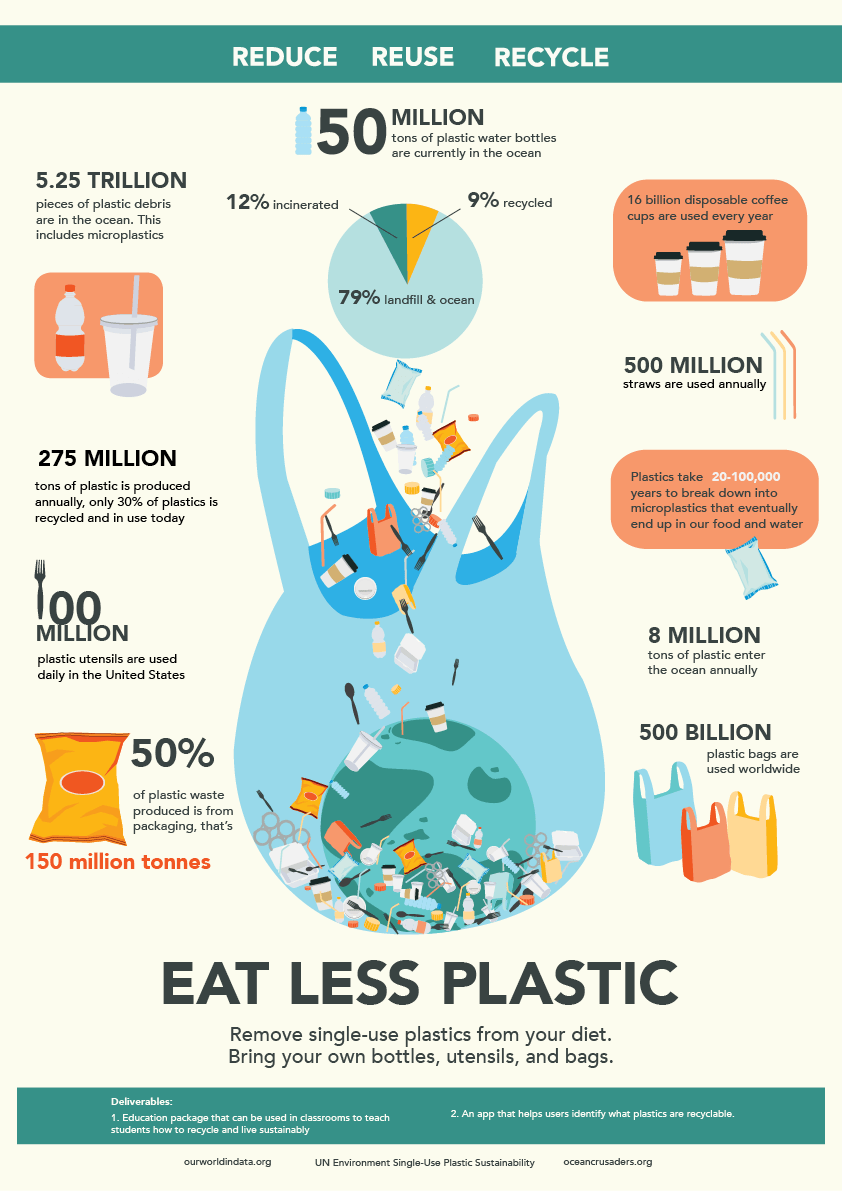My targeted audience is university students aged 18-24. I want to learn more about the routines of university students, more specifically their eating habits on/off-campus. University students are always on the go to their next destination on campus, and it is difficult to find time to sit down to have a meal. This results in an accumulation of to-go snacks, take out drinks and food paired with plastic utensils and straws. There is no doubt that single-use plastics provide convenience and make basic necessities every more accessible. A majority of the interviewees are part of the ADM faculty. The building is a 3-minute walk from the well-known, Canteen 2.
Survey Questions
-
-
-
- How many meals do you eat on campus?
- Do you recycle your plastic?
- Can you recycle used plastic containers and utensils?
- Have you heard of the movement to remove straws?
- If there was a strawless option, would you opt for it?
- What do you know about plastic pollution?
- How often do you order takeaway/buy your meals during the day?
- How often do you purchase cold drinks and use a plastic straw?
- Do you eat at the canteens on campus?
- When given the option of plastic or metal utensils, which do you choose?
- Do you pay the extra $0.20 for a takeaway box?
- What container is your morning coffee/tea in?
- Do you use a reusable bottle for your water?
- Have you heard of the 3 Rs?
- Have you noticed the signs at Canopy Coffee Club to defer straw usage?
- Have you seen signs around campus promoting sustainability?
- Do you order from food delivery services?
Emerging Themes
The overarching themes from the majority of the answers centralized around efficiency, convenience and affordability. All the actions of the interviewees were influenced by theses factors. The majority of the students that were interviewed were exchange students. A lot of these interviewees came to Singapore with the mindset of buying everything they need here in order to pack light.
The interviewees with early morning classes are always short on time in the morning and do not have time to sit down in the canteens for breakfast. Due to the constant heat, iced drinks are commonly consumed during meals and during classes. Students occasionally pay the $0.20 charge to take their meals to go. The interviewees are aware that climate change is getting worse and worse. But it is a distant problem. Students who live on campus eat a majority of their 3 meals a day on campus. These meals are between classes and limit the time to eat.
Some of them were not aware of the plastic waste that they produce on a daily basis. On average at least one drink is consumed daily. The cups that are given are designed to be accompanied by a straw. Their choice of stalls is influenced by the quality of the food. Those popular stalls do not always offer reusable cutlery and plates even though their customers are sitting down to eat.
Only two interviewees occasionally brought their own cutlery and straws. The others would choose the metal utensils if they were sitting down to eat but sometimes accidentally take the plastics ones out of habit and proximity. However, almost all of the interviewees regularly used reusable water bottles. On occasion, students get tired of the canteen food and order food from delivery services such as Grab and Deliveroo. These services come with one-use utensils and plastic or styrofoam containers. The trace of plastic waste in canteens is quickly cleared away by the efficient staff. Students rarely see mounds of trash that are produced during food service hours.
In conclusion, there is a clear issue with the single-use plastics on the NTU campus canteens. There is space for students to change their routines and to reduce their single-use plastic consumption.
Next Steps
How to introduce behavioural changes in students’ daily routines.
How to teach the lasting impacts of single-use plastics?
Create a guide that helps students sort their plastics.
What incentives can be used to get students to switch to reusable cutlery and straws?



